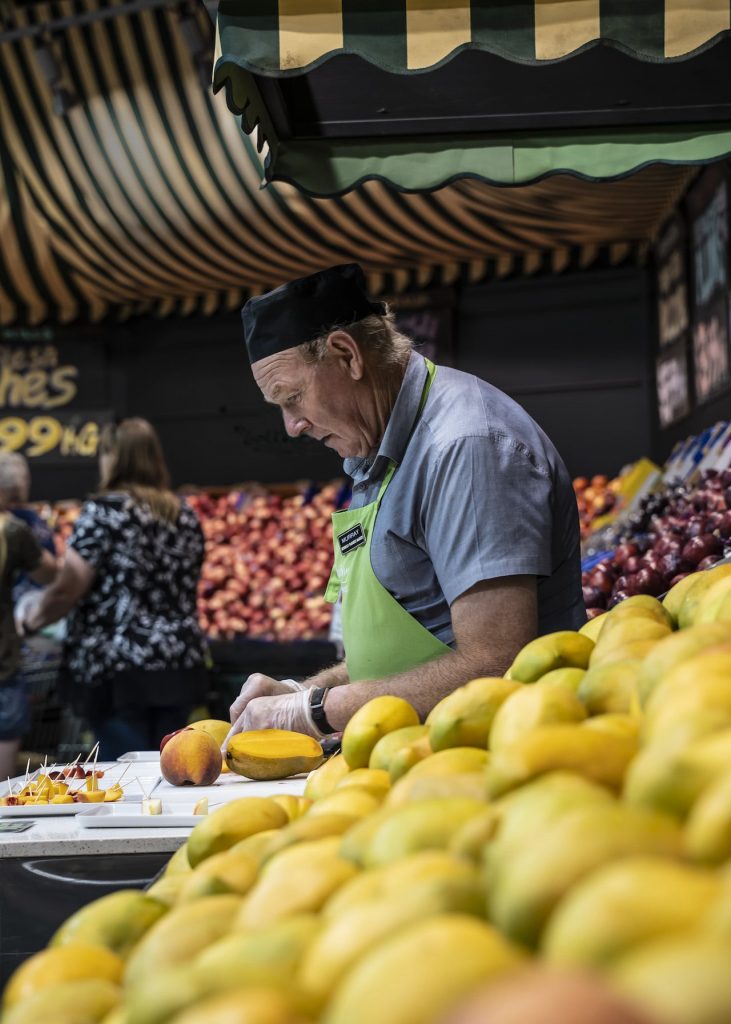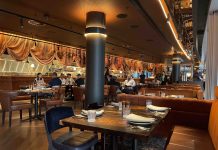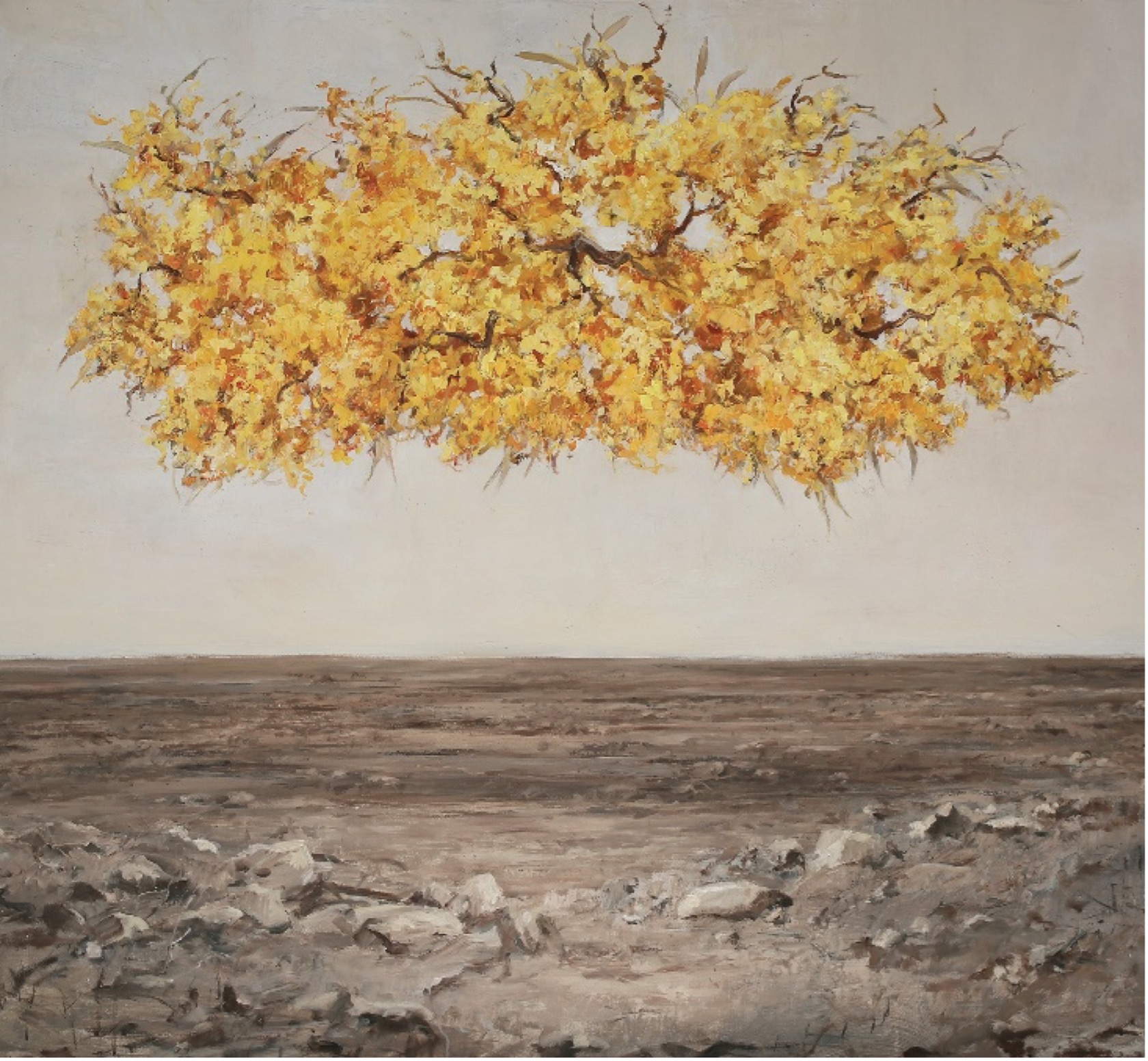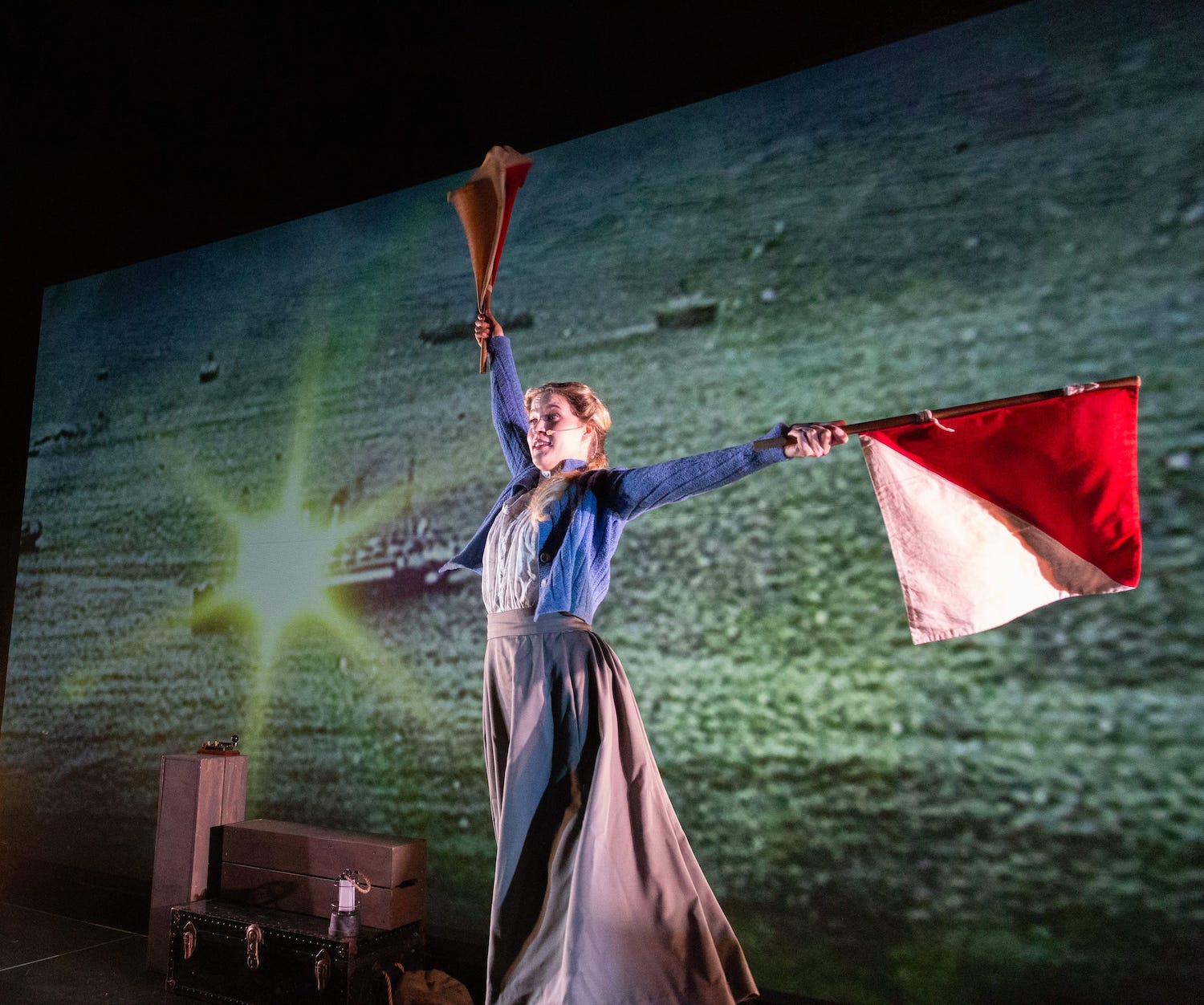Bunbury is generously indulged in natural attractions, not least of all its playful dolphins, happy to swim and interact with humans.
Bunbury doesn’t need an artificial landmark like a giant apple, king prawn or poster girl at its city entrance.
Having been sighted by the French, Bunbury delights is being au naturale.
We are tempted with bike riding, bird watching, country walks, city strolls, open-water swims, horse racing and grape-growing. As well as arts and culture.
A great bonus for Perth tourists is being less than two hours (175km) by car – or a country train ride which will excite the kids and grandies. The South Western Railway dates from 1893.
It’s not too big an outing stretch for families to make Bunbury a full day expedition. The region has enough appeal to occupy visitors for many days.
There are bike rides in all directions. From the city, a redeveloped bicycle route takes cyclists all the way to Australind.
With Leschenault Inlet on Bunbury’s doorstep, flocks of birds are easily observed, especially on early mornings and early evenings. A mob of roos grazes on a waterside property.
Nearly a dozen protected birdwatching sanctuaries, within short distances from the city, are available to the viewing public. Big Swamp is a two-minute drive from the CBD and, with a wheelchair-friendly path, allows visitors to observe 100 recorded bird species, including raptors and swans.
Leschenault Peninsula Conservation Park separates the ocean from the 13.5km estuary which collects water from the Preston and Collie Rivers. Up to 2,000 black swans at one time have gathered at the estuary which can be observed through a telescope provided there.
Visitors don’t have to be bird experts to relish the flourishing natural world that wraps the region. There’s the popular Bunbury Wildlife Park, too.

French explorer Captain Louis de Freycinet, on his ship, Casuarina, was attracted to the area, in 1803. His botanist, Leschenault de La Tour, gives his name to Port Leschenault. Geographe was named for another ship in the fleet.
Lieutenant Governor Sir James Stirling ordered Bunbury’s establishment in 1836. He chose Bunbury’s moniker to salute Lieutenant Henry William St Pierre Bunbury, who had forged a challenging inland route from Pinjarra to Bunbury.
Generations of Indigenous families lived long and fruitful lives, fishing and hunting along the coast and throughout the lush region known to them as Goomburrup.
With all its rich, varied history and evolution as a port city, Bunbury relishes its country-city mix and is highly-rated by food and wine reviewers for its high-quality eateries and wines.
With strong surf along the raw coast and lapping the city’s edge, sightings of seals, whales and dolphins are not uncommon and fishing is still a big lure.
The natural harbour made a generous-sized port for the wider South-West region and with mineral discoveries and widespread farming, the port is predicted to have a far bigger role in the State’s trade.
Keeping up with the times, the region also invites your dogs for paw-some holidays.
And they mean it: “Your dog doesn’t have to miss out on all the fun. From forest and waterside walks to dog-friendly water holes, campsites, cottages and farm stays, these are some of the best places you can enjoy with your pooch.” A long list of doggy-welcome sites is provided in Found, the Bunbury Geographe magazine.
Greater Bunbury embraces the City of Bunbury and the shires of Capel, Dardanup, and Harvey and extends between Yarloop in the north, Boyanup to the south and Capel to the South-West.
With its population going into the 80,000s, Bunbury retains its appeal to incoming families and hobby farmers seeking sea-change and tree-change, but also as a holiday and shopping destination for South-West residents.
Few travellers can pass fabulous Bunbury Markets without stopping for provisions, especially fresh local produce to take home and for sumptuous, healthy holiday snacks.

This rural region, a sizeable pocket of unique nature, will continue to enlighten and amaze visitors as it has done for centuries.
Visitor Centre: Freecall: 1800 Bunbury or 9792 7205 www.visitbunburygeographe.com.



































